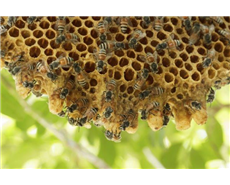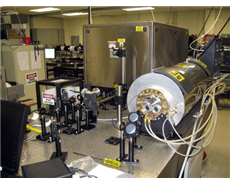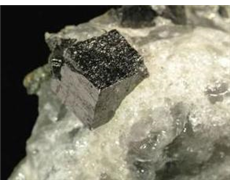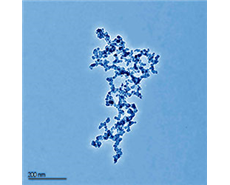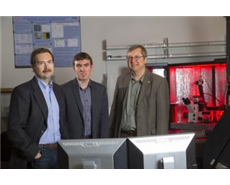 Laser light on nanoparticle photocell converts sunlight into electricity
Laser light on nanoparticle photocell converts sunlight into electricity
Four pulses of laser light on nanoparticle photocells in a University of Oregon spectroscopy experiment has opened a window on how captured sunlight can be converted into electricity… Read more

Graphene oxide paper can improve rechargeable batteries, finds new study
A Kansas State University engineering team has discovered some of graphene oxide’s important properties that can improve sodium- and lithium-ion flexible batteries… Read more
 Scientists discover biologics with lesser side effects
Scientists discover biologics with lesser side effects
Biologics are on the market and under development for many serious illnesses such as cancer, but some of them come with high risks. Now Scientists have produced a novel class of molecules that could be as effective but without the dangerous side effects… Read more
 Chemical camouflage helps fish hide from predators
Chemical camouflage helps fish hide from predators
A reef fish can hide from predators by adopting the smell of the coral it eats, according to researchers in Australia. This is the first time that chemical crypsis – the ability of an organism to avoid detection by using odour-based camouflage – has been observed in vertebrates… Read more


